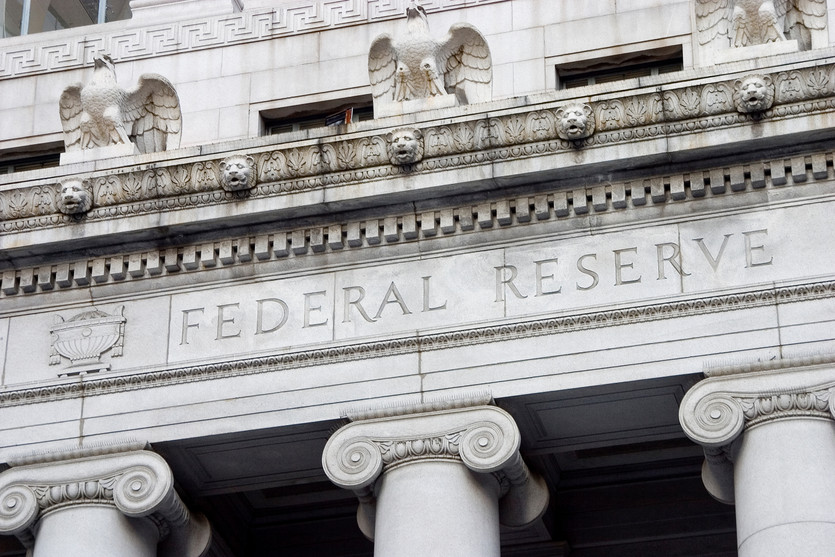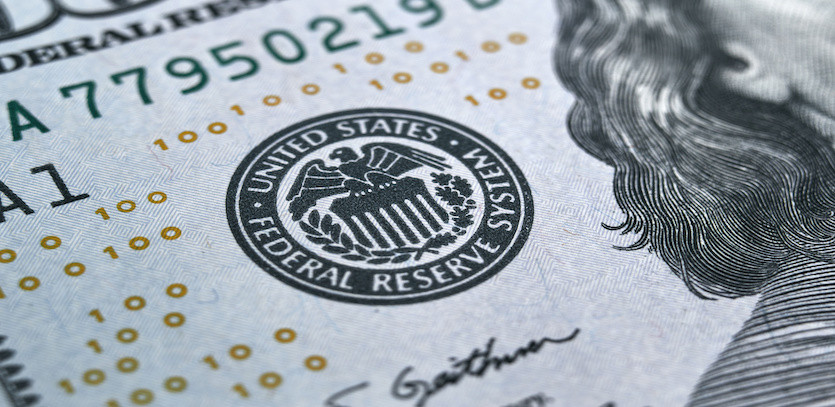Understanding the Federal Reserve's Role
The Federal Reserve, often simply referred to as the Fed, is tasked with the delicate balance of keeping the U.S. economy in an ideal state - neither overheating nor stagnant, but perfectly steady. It is the guardian against economic extremes, stepping in when inflation and asset bubbles start brewing chaos, to restore equilibrium. Its most potent tool for this is the manipulation of interest rates. With the potential to stir up both short-term and long-term impacts across financial markets, these interest rate hikes can be a source of consternation for traders.
Interest Rates and the Federal Reserve's Tools
The primary responsibility of the Fed is to control the monetary policy of the United States, essentially managing the money supply within the economy. While the Fed has several tools to carry out its mission, its most significant and impactful tool is its control over interest rates.
What is commonly referred to as the Fed raising interest rates is actually an increase in the federal funds rate or the federal funds target rate. This is set during the regular meetings of the Federal Open Market Committee (FOMC), which establishes a target range for the federal funds rate. This range effectively sets the standard for the rates commercial banks charge each other for overnight loans.
These short-term loans are necessary for banks to meet liquidity requirements stipulated by regulators, including the Fed. The mean of the rates that banks charge each other for these loans is the effective federal funds rate, which in turn influences other market rates, such as the prime rate and the Secured Overnight Financing Rate (SOFR).
The Impact of Interest Rate Hikes
When the Fed raises the federal funds target rate, the objective is to increase the cost of credit throughout the economy. Higher interest rates make borrowing more expensive for businesses and consumers alike, which ultimately leads to an increase in the cost of interest payments.
An increase in the federal funds rate influences the rates commercial banks charge each other for short-term loans. The result is higher borrowing costs which can reduce the willingness among banks and other financial institutions to borrow money.

Real World Examples: Home Mortgages
To further illustrate the impact of an interest rate hike, let's consider a family looking to take a $300,000, 30-year, fixed-rate mortgage. If banks offered a 3.5% interest rate, the total cost of the mortgage over its lifetime would be about $485,000, with nearly $185,000 accounting for interest charges. Their monthly payments would be approximately $1,340.
However, if the Fed increased interest rates by 1% before the loan was secured, causing the banks' mortgage rate to rise to 4.5%, the family would pay a total of over $547,000 over the loan's term, with interest charges accounting for $247,000 of that. Their monthly mortgage payment would now be around $1,520.
Immediate Reactions: Stock Markets and Bond Markets
Interest rate hikes can cause negative ripples through the stock market as well. As borrowing becomes more costly, companies may face higher expenses and reduced business activity, which could negatively affect their growth rate and stock values.
Similarly, bonds are very susceptible to changes in interest rates. When rates go up, the market prices of existing bonds decrease because new bonds with higher interest rates become more attractive to investors.
Long-Term Impact: Mortgages, Credit Cards, and Deposit Accounts
Over the long term, interest rate hikes can influence the rates of long-term loans like a 30-year, fixed-rate mortgage. Credit card rates also tend to increase in line with the federal funds rate, making credit card debt more expensive. On the brighter side, savers benefit from higher rates as the annual percentage yields (APYs) on savings accounts and other deposit accounts also increase.
The Importance of Monitoring the Fed's Actions
As of February, the FOMC has raised the federal funds rate eight times since March 2022. While not all of these hikes will directly affect you, they can subtly shift various aspects of your financial landscape. Therefore, being vigilant about changes in monetary policy is crucial for managing your financial health.
For investors, especially those nearing retirement, navigating a rising rate environment can be tricky. Regardless of market conditions, establishing the right balance among stocks, bonds, and cash helps soften the blow of rising rates.
Brian Stivers, president and founder of Stivers Financial Services in Knoxville, Tenn., notes, "The stock and bond markets often react unpredictably during periods of rising interest rates, which can lead to stock prices increasing when historically they've fallen. Therefore, as in all types of markets, diversification is key.”
Potential Market Impacts and Trader Responses
The impact of an interest rate hike is multi-faceted, affecting various facets of the economy. Here's a look at how you as a trader, could respond in each case:
1. Stock Market Fluctuations
Higher interest rates may increase the cost of borrowing, which could lead to reduced business activity and potentially lower growth rates for companies. This reduction could impact stock values.
As a trader, it's essential to reassess your portfolio and possibly pivot towards stocks that are less sensitive to interest rate increases or defensive stocks that are likely to fare better in such an environment.
2. Bond Market Volatility
Bonds are particularly sensitive to interest rate changes. Existing bonds may depreciate as new bonds offering higher interest rates enter the market.
As a response, traders could consider shorter-duration bonds which are less susceptible to interest rate risk. Alternatively, diversifying into inflation-protected securities could provide a hedge against inflation that often accompanies interest rate hikes.
3. Credit and Loan Expenses
An interest rate hike also means higher borrowing costs. If you're trading on margin, your expenses could rise, affecting profitability.
To respond to this, traders might consider reducing the use of margin or shifting to cash positions to avoid high-interest costs.
4. Savings and Deposit Accounts
While rate hikes might mean bad news for borrowers, they're beneficial for savers. Higher rates mean better returns on savings accounts and other deposit accounts.
Traders might consider setting aside more money in high-yield savings accounts or certificates of deposit (CDs) to earn higher interest in this scenario.





